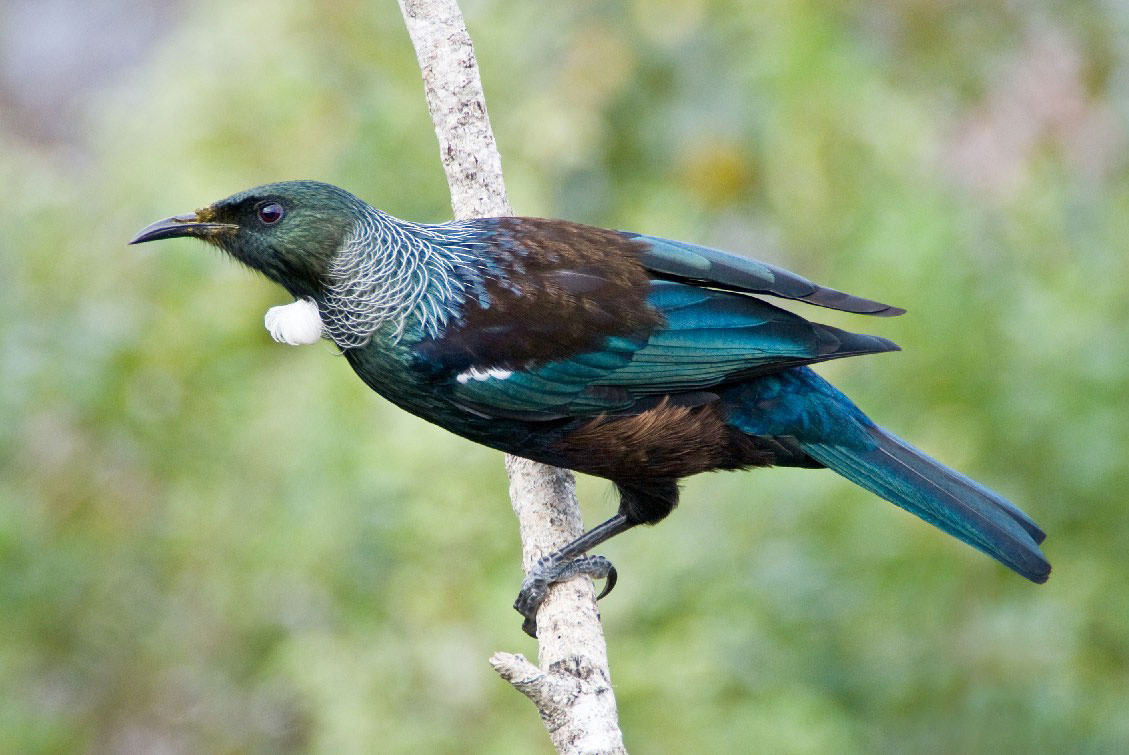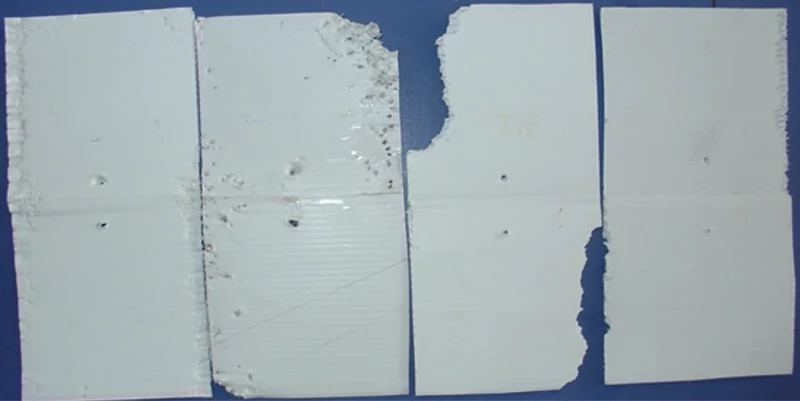General Information
Backyard Trapping
Placing a trap or traps in your garden or property helps us to build a network of traps across Featherston. As we get closer to our goal of 1 in 2 households, predators are very likely to encounter a trap. Backyard trapping has been shown to be a very effective tool in suppressing predators.
As a backyard trapping programme in an urban area, we want to make sure that pets and kids are kept safe. We have done extensive research on traps and safety, and the traps we have chosen for our programme are widely used in urban areas across New Zealand. If you have very young children, you may want to speak to a Predator Free Featherston representative to help you choose the most appropriate trap. If you don’t want to handle dead pests, self-resetting traps are also an option.
You can also support Predator Free Featherston by giving a donation (regular or one-off) or by volunteering to help with the project administration.
All the traps we recommend have passed the National Animal Welfare Advisory Committee (NAWAC) guidelines, which means they kill humanely and are easy to use and maintain.
Monitoring progress is important, so we ask all our trappers to record their catches. This helps us to assess the effectiveness of the programme and identify gaps.
If you are keen to get involved, please sign up through our website. You will receive an email with your local co-ordinator’s contact details.
Your local co-ordinator can:
Provide 1x free trap per residential household
Provide guidance on the correct trap for your situation, where to place traps and how to manage and maintain them
Provide advice on how to record catches
Provide support to households already carrying out predator control
Keep everyone involved up to date on progress
Publicise the work and encourage others to join in
How to Detect and Trap Predators
Placing and baiting traps
Finding the best location for your trap(s) will depend on the type of trap you have and the predators you want to target. When placing traps, if children might come onto your property, make sure that they cannot reach the trigger mechanism, either by placing the trap out of reach e.g. mounted high enough on a tree, or by making sure it is inside a secure trap box which is designed so that children cannot reach inside.
To identify the best place to put traps, a good way to start is to place some chew cards around your property. These are cards impregnated with a lure which encourage pests to chew on them. The bite marks left behind can then be used to identify the pest animal. That way you can see which pests are a problem and where they are the most prevalent. Your local co-ordinator should be able to supply you with some chew cards and can give you some advice on how to use them.
Chew cards showing typical chew marks, from left to right: possum gnaw marks, stoat/hedgehog/cat puncture marks, rats chew entire sections of card, mice chew small sections of card.


